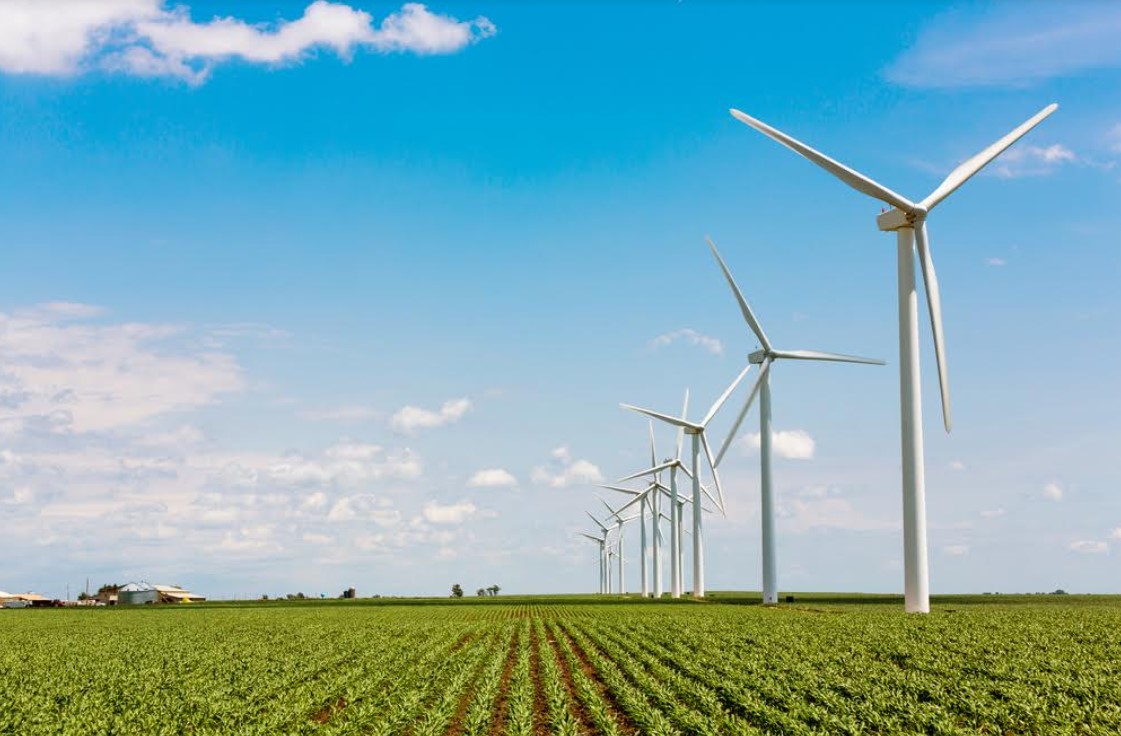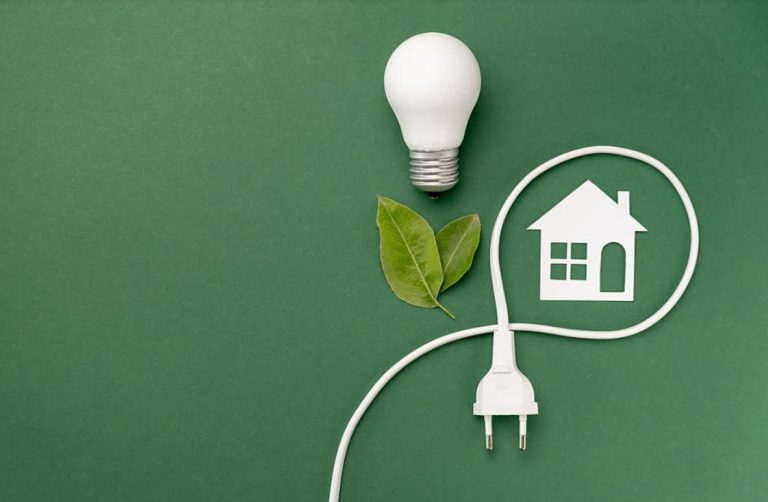
There might be the odd smart Alec reader answering, “somewhere windy of course”, but this article wouldn’t be worth it if there wasn’t a little bit more to optimally placing wind turbines than just that. And even if it is just that, where you could get the best wind can end up being pretty complicated, especially when we consider that wind turbines cannot just be placed anywhere.
In fact, wherever they do encroach somehow on local land use, there is almost always some kind of resistance to the wind turbines being set up in the first place.
But we’ll set aside some of those unpleasant headlines for now – wind turbines are widely recognized as one of the major sources of renewable energy. By harnessing natural energy, wind power is, by definition, clean and can be used as supplementary power for power grids and, in some rare cases, even as the primary source of power for a certain locality. There is much that goes in to choosing a site though, and the things that must be considered extend beyond the location.
What is a Wind Turbine?
Wind turbines are a blindingly simple concept – the wind turns the propeller, which turns the turbine and then generates power. But there’s more to a wind turbine than that. That power then needs to be stored and how much wind is captured by the wind turbine can depend on the turbine itself rather than just the location. There is also the question of numbers (wind turbines are rarely found alone).
Wind Turbines and Batteries
Wind turbines are also connected to batteries, where the energy is stored. This is the reason why despite not being a clean renewable source of energy (batteries need to be manufactured and the energy put into them comes from elsewhere), batteries are very frequently considered part of the technological green revolution.
Certainly, rechargeable household AA smart rechargeable batteries such as those produced by tech company Pale Blue Earth can save you a significant amount of energy in the long run simply by being more efficient and producing no waste. Nonetheless, batteries are part of the renewables movement in more ways than just that.
Location
While it’s important to stress that there are other factors besides locations that will affect the output of wind turbine, the location is naturally one of the more important ones. Unsurprisingly, wind turbines are placed where there is wind. The American Energy Information Administration says that the rounded tops of hills, open plains, and water make for the best locations. Generally, a flat or gentle landscape is preferred.
That said, sometimes wind farms can be placed in location that do not seem flat and gentle. Wherever a deep canyon, ravine, or valley behaves as a natural wind tunnel, this can be a suitable location for turbines. However, it should also be noted that sometimes the wind can be too strong for the turbine!
Height
Another particularly important factor for wind turbine success is the height of the turbine. Stronger winds can indeed be caught simply by making the thing taller. At higher altitudes, wind is stronger, and turbines can rise to heights in excess of 600 ft, where serious power can be generated.
Of course, the safety issues again rears its head. Naturally the exceptionally large turbines are subject to the strongest winds, but they also cannot simply be placed anywhere. Generally, the larger and more intrusive a wind turbine is, the fewer places it can be situated.
Such are the range of factors that must be considered before establishing a wind farm. As mentioned, there is more to it than just wind.








